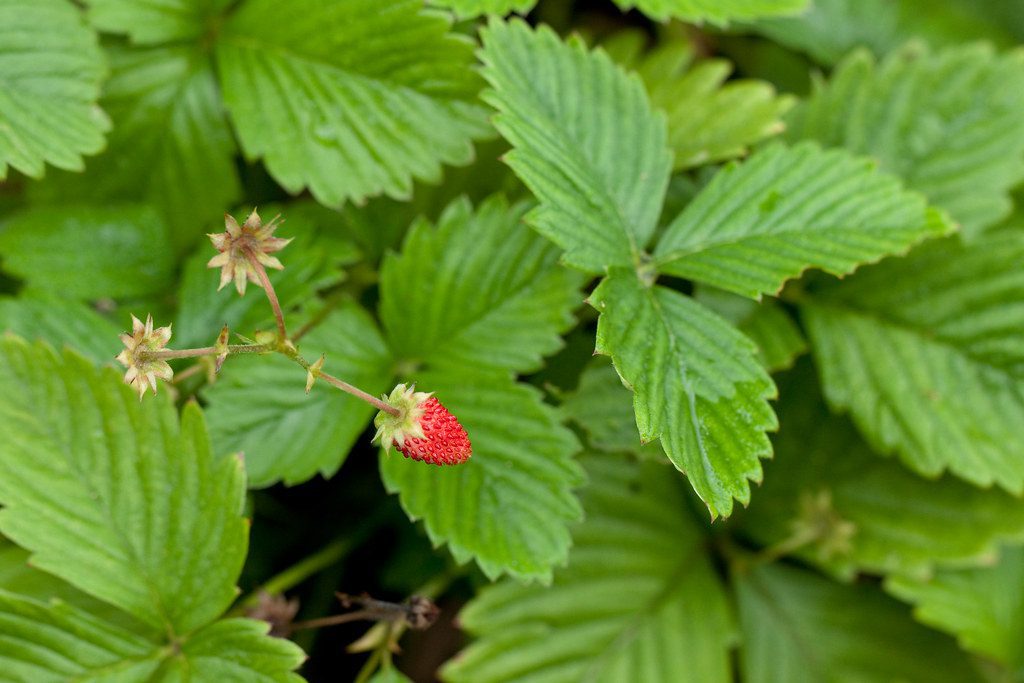
Firstly, introducing Auscrops, a high-tech market vending company bridging farmers and customers together through market vendors. Click here to find out more about Strawberries Leaves as well fruit and vegetable offers.
Strawberries Leaves
When most people think of strawberries, it’s the juicy, red fruit that comes to mind. The taste, the aroma, and the vibrant color are captivating, to say the least. However, there’s another part of this plant that often gets overlooked but deserves attention. We’re talking about the strawberry leaves.
Beyond the Berry: The Leaf’s Story
Strawberry plants, while famed for their delightful fruits, have leaves that are rich in history and uses. They’ve been a part of traditional herbal medicine for years. Additionally, their lush green appearance is not just about aesthetics. The leaves pack in benefits that might be surprising to many.
Potential Health Benefits
Strawberry leaves are believed to be a source of essential minerals, antioxidants, and tannins. They have historically used in teas and decoctions. Additionally, some believe they may support digestive health, owing to the presence of these tannins, which are compounds known to help reduce inflammation. Furthermore, when brewed into tea, the leaves can offer a mild, earthy flavor, making it a refreshing beverage choice.
Sustainable Use of the Plant
In today’s world, where sustainability is becoming increasingly essential, utilizing all parts of a plant is a step in the right direction. By exploring the uses of strawberry leaves, we promote a holistic approach to gardening and consumption. Moreover, embracing the full potential of plants like the strawberry can pave the way for innovative recipes and traditions.
Cooking with Strawberry Leaves
While it’s not common, there are recipes and culinary traditions that incorporate these leaves. You can blend them into smoothies or use them as a flavorful ingredient in salads. Additionally, drying and grinding the leaves allows them sprinkled on dishes for a hint of earthiness.
Precautions to Consider
However, it’s essential to be cautious. Not all strawberry plants are the same. It’s crucial to ensure that the variety grown is safe for consumption in all its parts. Furthermore, it’s best to source leaves from organic plants to avoid any pesticide residues.
In conclusion, the vibrant red strawberries have long held the limelight, and rightfully so. Nonetheless, as we delve deeper into the wonders of nature, it’s exciting to discover that often the less celebrated parts of plants, like strawberry leaves, have their unique tales to tell and benefits to offer. Embracing this holistic approach not only enriches our palate but also deepens our appreciation for nature’s multifaceted gifts.
Click here to read similar articles.
 Français
Français 











